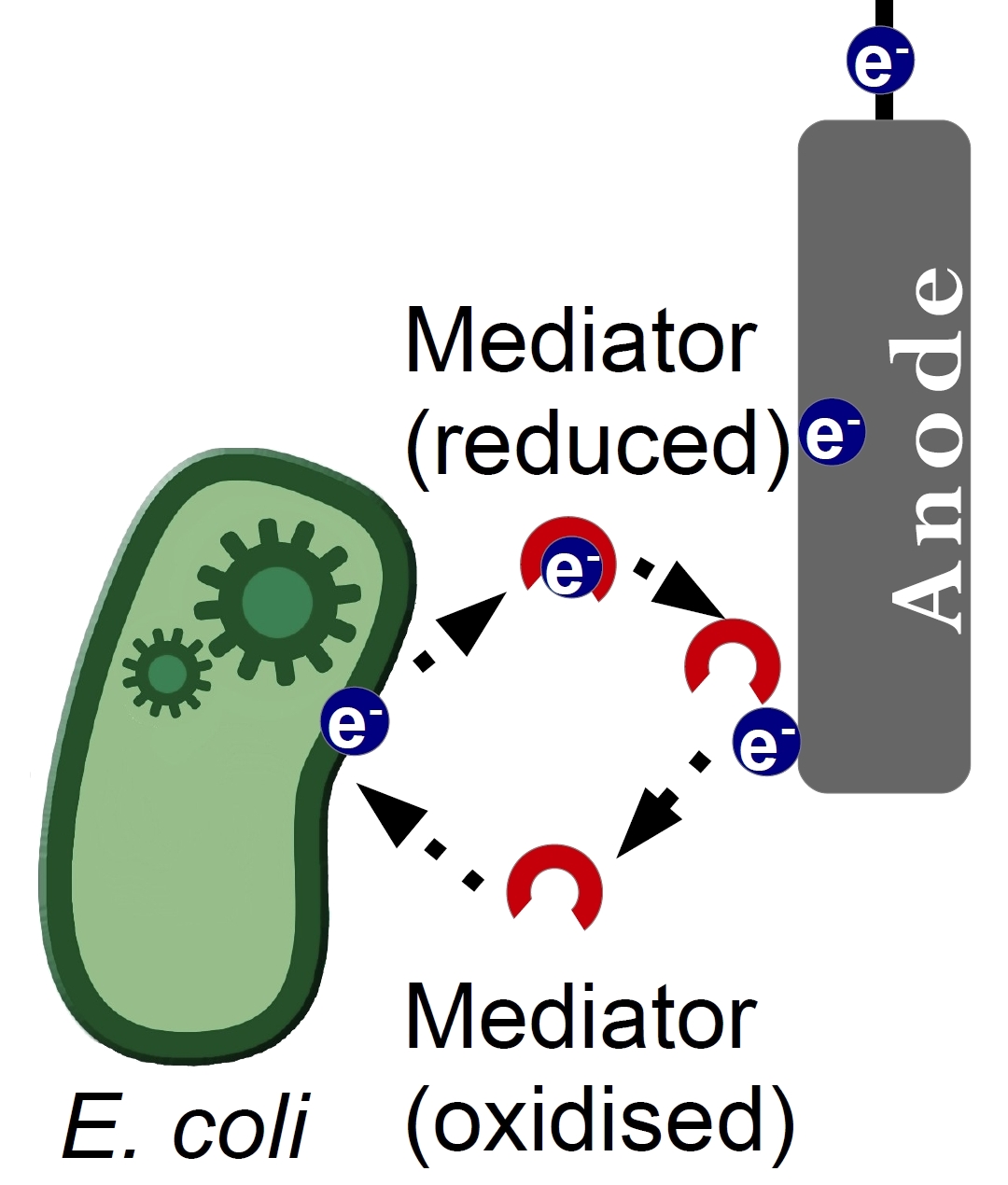Team:Bielefeld-Germany/Project/Mediators
From 2013.igem.org
(Difference between revisions)
| Line 24: | Line 24: | ||
#globalwrapper p{padding-left:0px; padding-right:40px;} | #globalwrapper p{padding-left:0px; padding-right:40px;} | ||
| - | #globalwrapper .bigbutton p{padding | + | #globalwrapper .bigbutton p{padding 5px 5px 5px 5px;} |
.bigbutton{width:150px; height:50px; line-height:50px; font-size:1.2em; margin-right:10px; display:table;} | .bigbutton{width:150px; height:50px; line-height:50px; font-size:1.2em; margin-right:10px; display:table;} | ||
Revision as of 18:58, 29 September 2013
Mediators
Overview
Of great interest is the production of endogenous mediators. The overexpression of glyceroldehydrogenase in E. coli is a promising approach. Because many derivates of glyceroldehydrogenase are small, water-soluble redoxmolecules, they have the properties of a mediator. Futhermore, it will be tested, if there is a possibility of expressing the mediator phenazin. Phenazin is an endogenous mediator of Pseudomonas species.
Theory
Genetic Approach
Results
References
- xxx
 "
"

